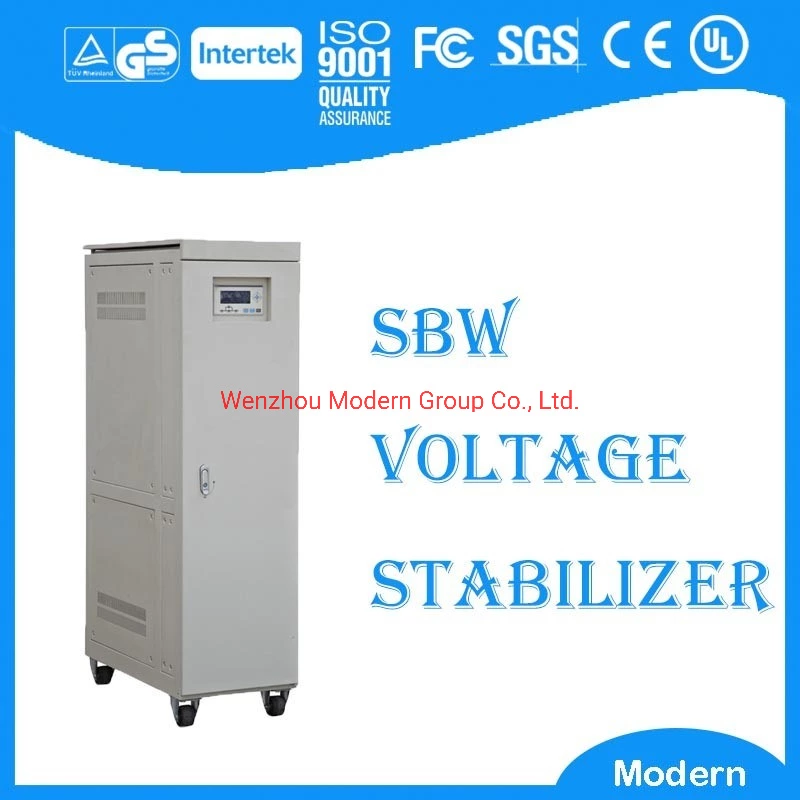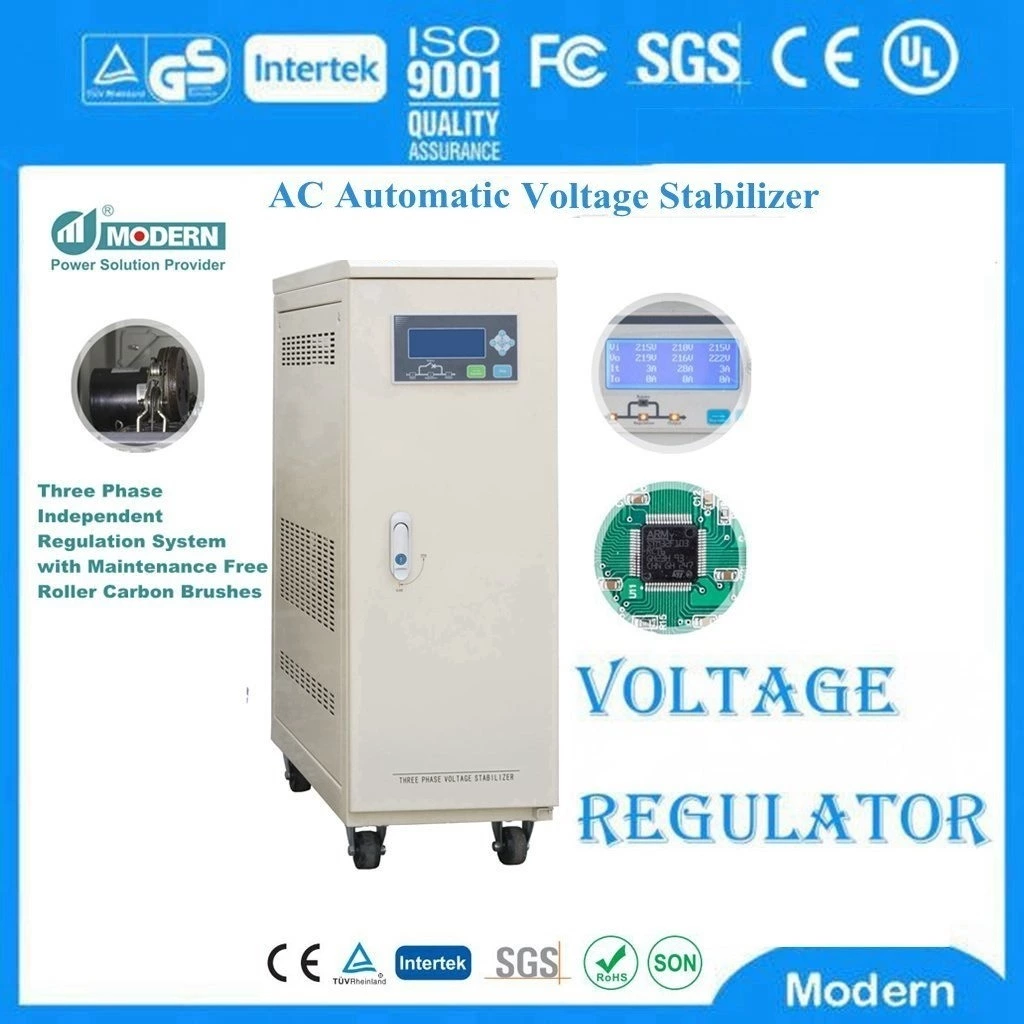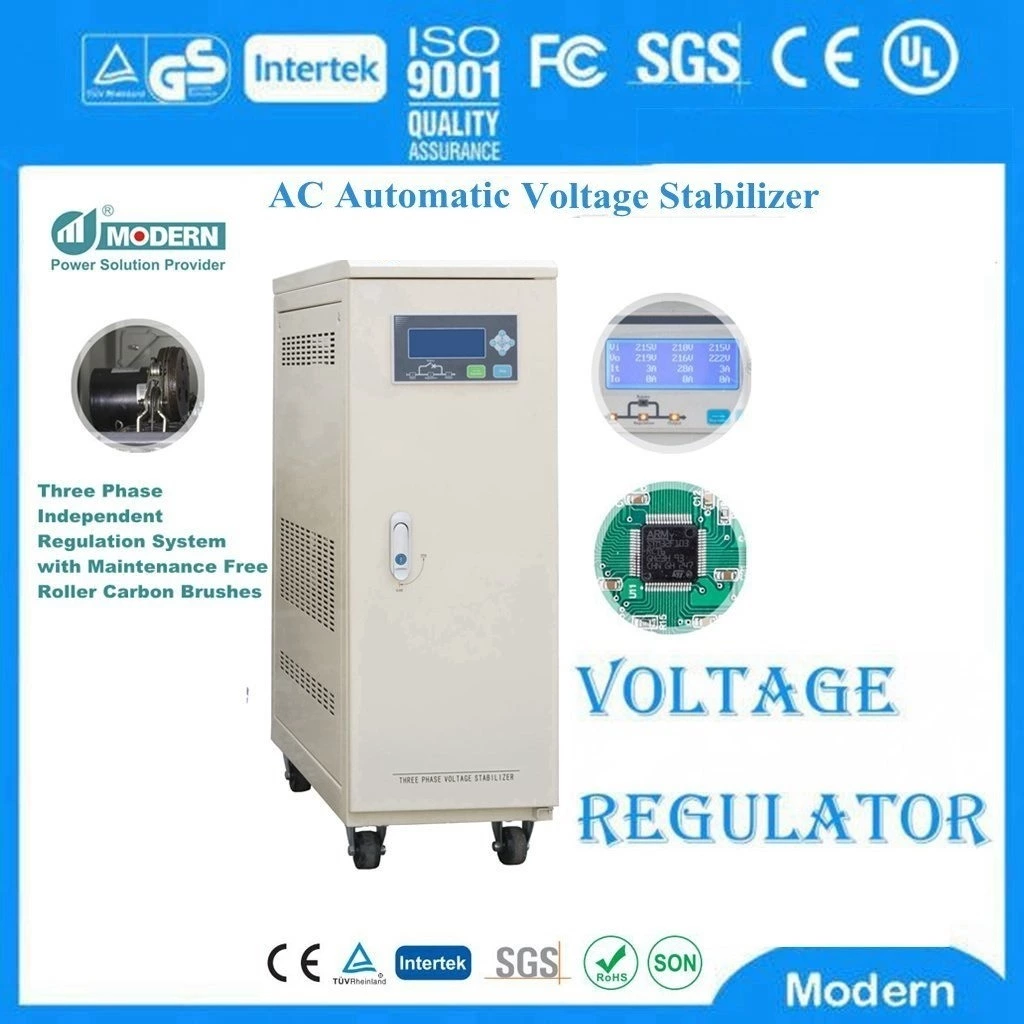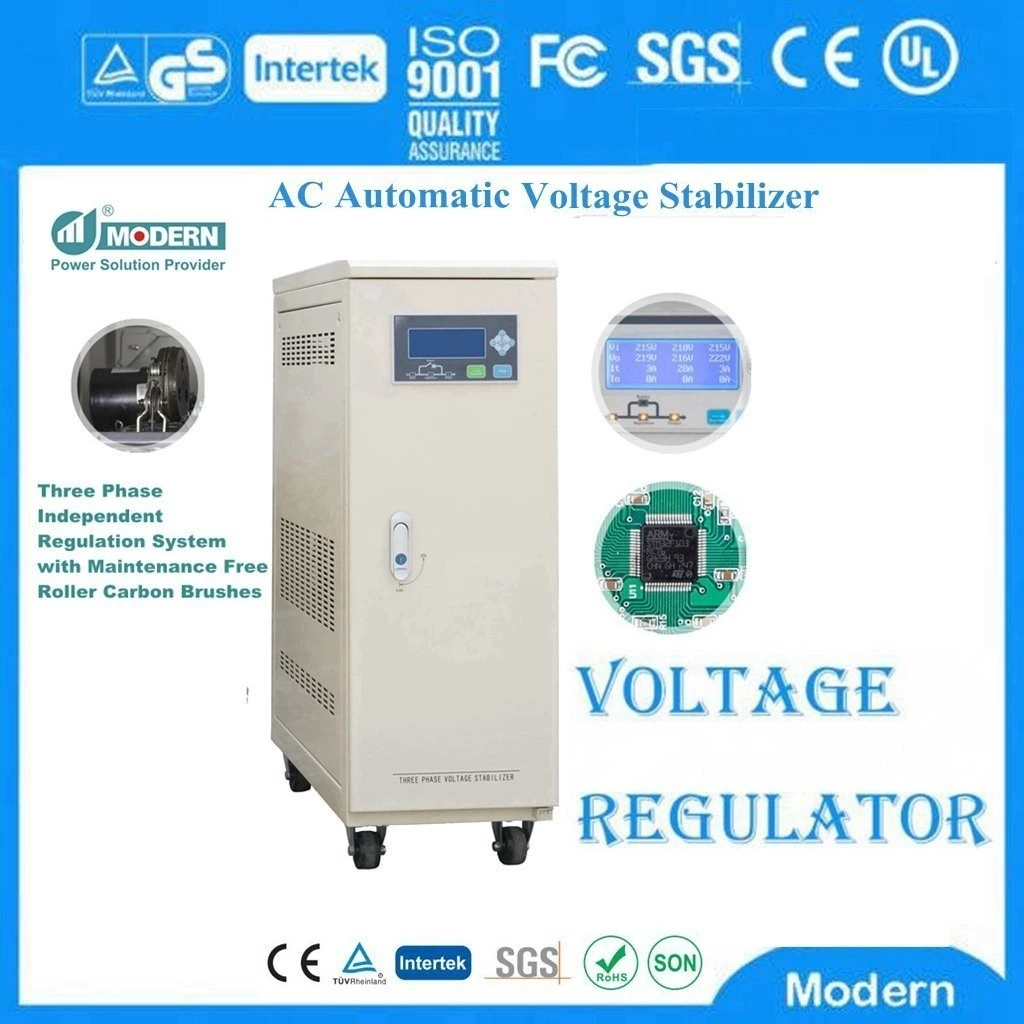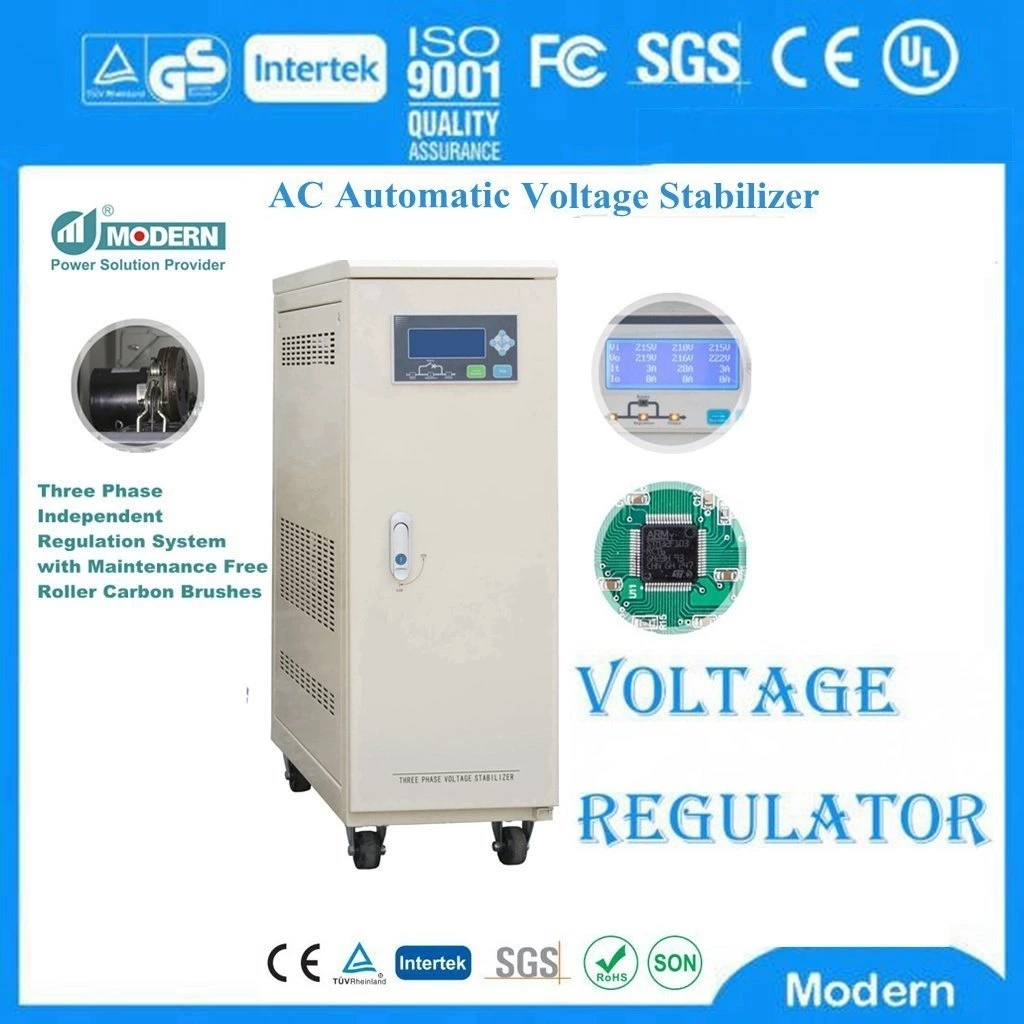Things To Note When Using A Static Voltage Stabilizer
1. Wiring and installation steps of Static Voltage Stabilizer
**: Connect the voltage stabilizer input to the distribution box, and install a fuse that matches the power of this power supply on the user's distribution box to ensure safe power consumption.
**: The circuit breaker on the voltage stabilizer distribution box uses a D-type circuit breaker. Many users use a C-type circuit breaker, and the voltage stabilizer trips when it is turned on.
Third: Connect the power supply of the electrical equipment to the output terminal of this voltage stabilizer. Note that the rated input voltage value of the electrical appliance should be consistent with the output of the voltage stabilizer. Do not connect it wrongly.
Fourth: Turn on the power switch of the voltage stabilizer first, the working indicator light is on, and observe whether the voltage meter indication value is normal. When the output voltage is normal, turn on the power switch of the electrical equipment, and this voltage stabilizer can automatically adjust the voltage and supply power normally.
Fifth: When the electrical equipment is not used for a long time, please turn off the power switch of the electrical equipment to reduce power consumption and extend the service life of the voltage stabilizer.
Sixth: The voltage stabilizer must not be overloaded. When the city power voltage is low, the output capacity is reduced, and the voltage stabilizer load should be reduced accordingly. When the input voltage is lower than 200V, the voltage stabilizer load should not exceed 70%; when the input voltage is lower than 180V, the voltage stabilizer load should not exceed 50%.
Seventh: When selecting electrical appliances such as refrigerators, air conditioners, water pumps, etc. with motors running, a voltage stabilizer with a capacity of more than 3 times should be selected to prevent the starting current of the equipment from exceeding the voltage stabilizer fuse current or the overcurrent protection circuit breaker current, causing the voltage stabilizer fuse to melt or the circuit breaker to trip or the voltage drop to be too large to work.
Eighth: The wire connected to the voltage stabilizer should have sufficient load surface to prevent heating and reduce voltage drop. Voltage stabilizers with a capacity of more than 3KVA use terminal blocks for connection. A single copper wire should be used, and the terminal screws should be tightened as much as possible to prevent heating at the connection.
Ninth: Whether it is a single-phase or static voltage stabilizer, after connecting all input and output lines, the power switch of the load should be turned off first, and then the voltage stabilizer should be turned on. After checking that the output voltage is normal, the power switch of the load should be turned on.
Summary: The service life of the voltage stabilizer is closely related to the customer's use and maintenance. If it is properly maintained, it can be used for more than ten years. If it is installed and used incorrectly, it will only be damaged after one to two years.

 Русский
Русский
 Français
Français
 Português
Português
 Español
Español
 اللغة العربية
اللغة العربية
